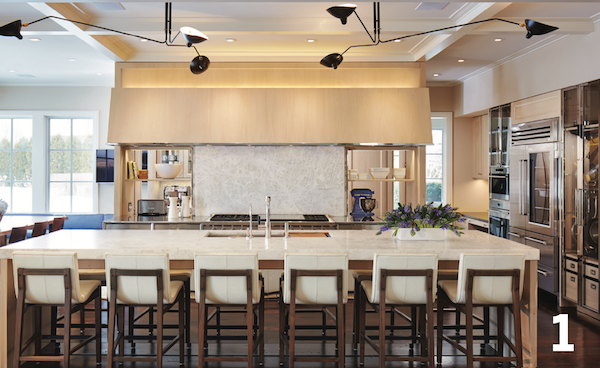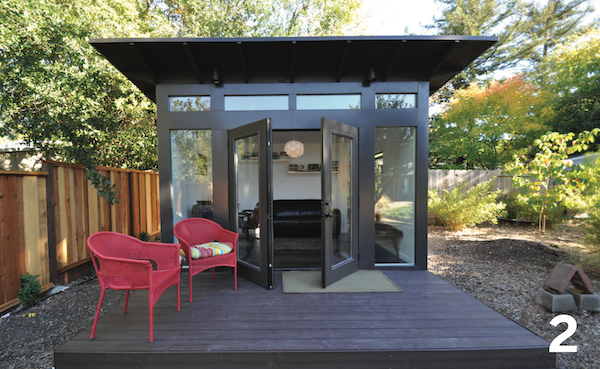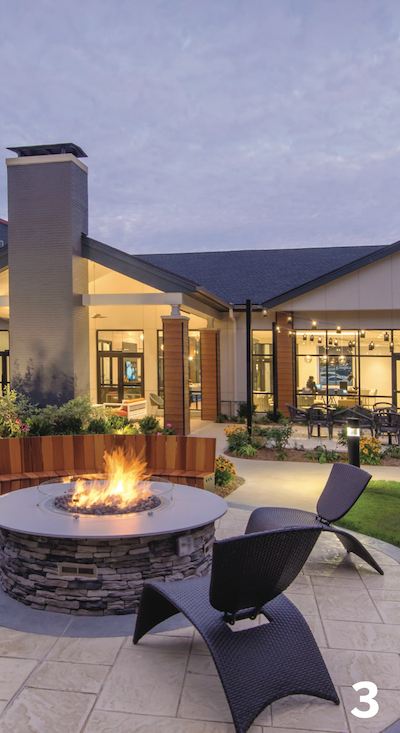
Farmers Market and Craft Show at the Fort Pierce Marina
St. Lucie County
Date: Event occurs every Saturday of every month.
Time: 8:00 am – 12:00 pm
Location: Downtown Fort Pierce
Address: 1 Avenue A – Fort Pierce
Category: Other
Spring Plant Sale
St. Lucie County
Date: Saturday May 1, 2021
Time: 8:00 am – 1:00 pm
Location: St. Lucie County
Address: 911 Parkway Drive, Fort Pierce, FL 34950
Price: Free
Category: Sale
Saturday, May 1, 2022, to benefit Garden Club of Fort Pierce community projects.
A great selection of household treasures and locally grown plants!
Doors will be open from 8:00 a.m. – 1:00 p.m.
Garden Club of Fort Pierce
911 Parkway Drive (Georgia and 10th St.) Ft. Pierce, FL 34950
See our Facebook page for more information.
Port St. Lucie Spring Art & Craft Expo
MIDFLORIDA Credit Union Event Center
Date: Saturday May 1, 2021 through Sunday May 2, 2021.
Time: 10:00 am – 4:00 pm
Location: MIDFLORIDA Credit Union Event Center
Address: 9221 SE Event Center Pl, Port St. Lucie , FL, 34952
Price: FREE
Category: Expo
Join us for the third annual Port St. Lucie Spring Art & Craft Expo benefiting the Port St. Lucie Arts League. Just in time for that one-of-a-kind, handmade Mother’s Day gift! Featuring over 200 booths of inspiration and creativity, you’ll be sure to find something new. FREE admission & parking, kids zone, yummy food, adult beverages, live music, and FUN!
Saturday, May 1st:
10 a.m.-5 p.m.
Sunday, May 2nd:
10 a.m.-4 p.m.
Please note:
Face Coverings are Recommended. This event will be hosted outdoors.
The MIDFLORIDA Event Center is dedicated to providing smart, safe entertainment for the residents of Port St. Lucie and surrounding areas. To ensure guest safety, the Event Center will be operating under the guidelines set forth by the Centers for Disease Control and Florida Department of Health at the time of the show. For more information, please visit www.midfloridaeventcenter.com. More info
MIDFLORIDA Credit Union Event Center
12th Annual Indian River Marine Flea Market and Seafood Festival
Indian River County
Date: Saturday May 1, 2021 through Sunday May 2, 2021.
Time: All Day Event
Location: Indian River Fairgrounds
Price: $7 Children 12 under Free
Category: Exhibits
The Indian River Marine Flea Market Announces 2021 dates the 12th annual event is set for May 1st and 2nd at Indian River Fairgrounds in Vero Beach, Florida. For two days May 1st and 2nd the 139-acre fairgrounds will be transformed into the Treasure Coast’s largest nautical “Flea Market.” THE LARGEST EVENT OF THE TYPE ON THE TREASURE COAST!
This event is held at the Indian River County Fairgrounds, in Vero Beach, FL.
Buyers can visit marine booths as vendors exhibit and sell their nautical and marine related merchandise and services during the two-day festival. The marine flea market area will have offshore rods, reels, tackle dock lines, halyards, sheet lines, anchor lines, ladders, seats, bimini tops, life vests, mooring whips and bases, gauges, wakeboards, skis, wake surfers, kneeboards, boat covers, scissors, fenders, antique collectibles and maps, marine artifacts, lures and lines, boating apparel, taxidermy, diving equipment, and all kinds of other marine items. Come by for some super discounts on surplus, liquidation, closeouts, new and used boating and fishing supplies
Admissions is $7 and Children 12 and under are free. www.FLNauticalFleaMarket.com for more information, discount tickets, vendor applications and specific driving directions. Contact Under the Sun Promotions, Inc. at 954-205-7813.
Hippie Fest!
 Martin County
Martin County
Date: Sunday May 2, 2021
Time: 4:30 pm – 8:30 pm
Location: Martin County
Address: , , FL,
Price: $5 cover charge
Category: Entertainment































